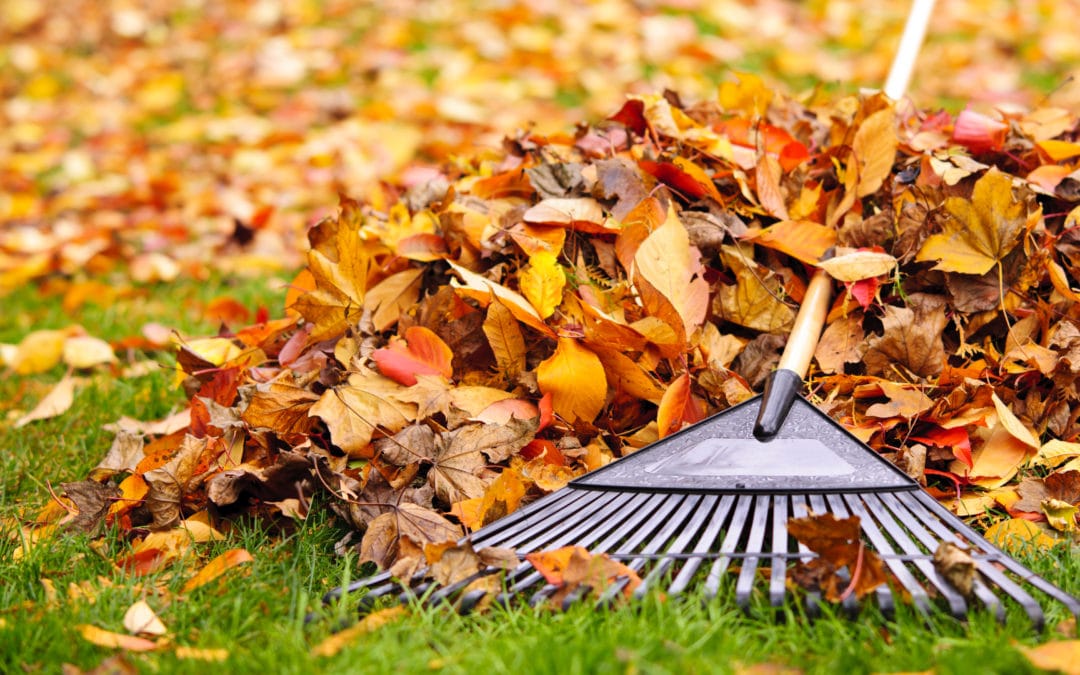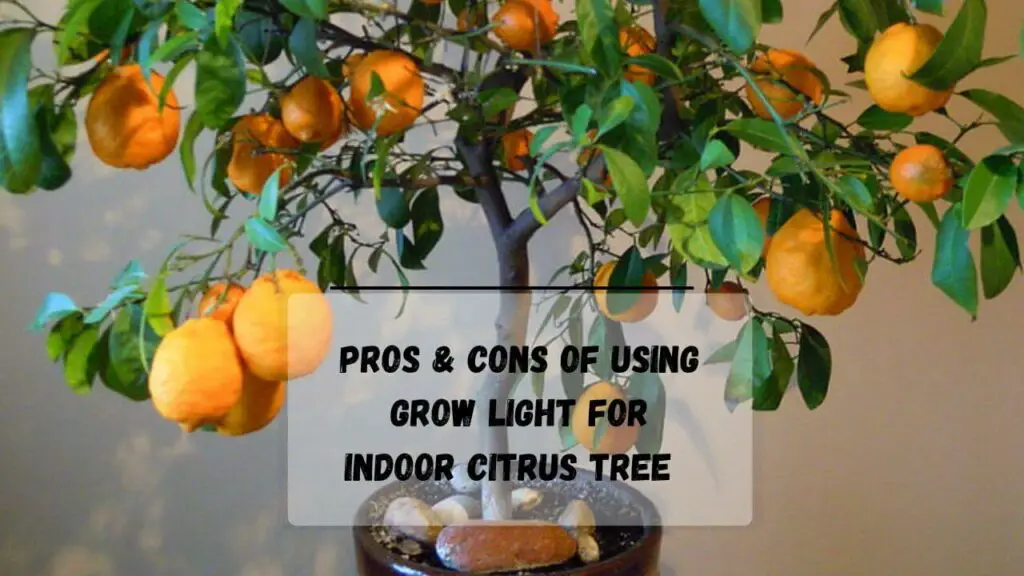Effective Leaf Cleaning Methods: Data-Driven Tips for Optimal Results

I still remember the first time I tried to clean the leaves of my monstera—a real “let’s impress my friends with my new plant-parent skills” afternoon, or so I thought. Ten minutes in, I’d splashed water everywhere, snapped a leaf tip clean off, and managed to leave behind streaks of stubborn dust that mocked me every time I walked by. It took two more tries (and a few sheepish confessions on Reddit) before I figured out what no one warns you about: cleaning plant leaves is less about following a checklist and more about dodging pitfalls nobody admits to making.
Let’s talk through those hush-hush, everyone-does-it-mistakes—plus what actually works—so you can skip the “learning by embarrassment” phase.
Mistake #1: The Waterfall Disaster
Raise your hand if you’ve ever marched a pothos or rubber tree into your bathtub and turned on the shower full force… only to find soggy potting soil clogging the drain and drowned leaves flopping like wet laundry. For me, it was 2019—the infamous Fiddle Leaf Fig Flood.
Here’s the fix no one talks about: always shield the soil with a plastic grocery bag tied around the base before rinsing. Use lukewarm water set to “gentle rain”—think of washing strawberries, not potatoes caked in mud. If your kitchen faucet has a spray nozzle, test it on your wrist first; if it feels harsh on skin, it’s too much for foliage.
And for giants rooted in place? A wrung-out microfiber cloth (get them in bulk—trust me) glides over dusty leaves without bruising them. Hold each leaf from below like you’re cradling a baby bird; most folks press way too hard their first go-round.

Mistake #2: Using What’s Handy—No Matter How Weird
I cringe thinking about my neighbor who polished his peace lily with coconut oil because an “influencer” said leaves should shine like car hoods. By week’s end, every surface was tacky with dust—and gnats had moved in for dessert.
Skip mayo, milk, olive oil, and all internet kitchen hacks meant for shine. They might look good on Instagram but in three days flat you’ll have sticky buildup that suffocates stomata and attracts pests like sugar at a picnic.
If you crave subtle sheen? Try running the inside of a fresh banana peel across already clean foliage—just once per month max (and test on one leaf first). It gives an ephemeral gloss that doesn’t suffocate pores or invite disaster.
Mistake #3: Overlooking Leaf Type (Until Something Goes Wrong)
The rookie move is treating all plants alike: fuzzy African violets get doused just like leathery snake plants. That’s how I ended up with water-spotted violets that never quite recovered their velvety charm.

Here’s what experienced growers do:
- For hairy/fuzzy types: Use a barely-there paintbrush or makeup brush dedicated to this job—keep it bone dry.
- For thick-leaved succulents: Don’t even bother with water unless absolutely necessary; dust gently using soft cotton gloves.
- For leathery stuff (rubber trees/monsteras): Dampen gloves (nitrile works best!) and give each side a gentle swipe as if petting velvet drapes.
In other words: know your leaf personalities before reaching for any solution at random.
Mistake #4: The Soap Saga
True story—a friend texted me frantic photos after her beloved calathea started drooping post-cleaning. Turns out she used two generous squirts of dish soap in her bowl instead of one tiny drop per cup of water (“It worked on greasy pans!”).
Always test diluted soap/vinegar solutions on just one hidden leaf; wait at least an hour before proceeding. Even then, follow with plain water wipes so nothing lingers behind as residue. And whatever you do, never use Clorox wipes—not even once!
Mistake #5: Forgetting About Dry Time

It took smelly mildew patches on my pothos to finally drill this lesson home—never let wet leaves sit stagnant overnight! After any cleanse or misting session:
- Pat dry with an old T-shirt or soft towel.
- For smaller pots? Line a salad spinner with paper towels, spin gently (the secret weapon plant parents don’t mention).
- Always leave freshly cleaned plants somewhere airy—but avoid direct sun until they’re bone dry.
Think of drying as tucking your plants into bed after bath time—they’ll thank you by staying fungus-free.
Mistake #6: Skipping Routine Because 'They Look Fine'
Here’s where long-term plant keepers quietly nod: dust is sneaky. Wait too long between cleans and suddenly spider mites are hosting cocktail hour beneath layers of grime—or worse, sunlight can’t reach the foliage at all! Back when construction next door sent clouds through my apartment vents, monthly cleans couldn’t keep up; now I check big-leafed plants every two weeks when windows are open often.
Quick rule-of-thumb:
- Urban/drafty homes = every 2 weeks
- Quieter spaces = monthly
- After pest outbreaks/construction = weekly until under control
Cleaner leaves photosynthesize better—and honestly, rooms feel brighter afterwards too (no joke).
Celebrating Failed Attempts & Small Wins
We rarely brag about our biggest blunders—like dropping half-dried monsteras onto white carpet or watching mildew bloom after skipping proper drying—but those stories make us careful enough not to repeat them twice! Every attempt teaches us what works for our space and our routines.
So here’s what I suggest right now:
- Pick your saddest-looking houseplant—the one collecting more dust than compliments.
- Grab that microfiber cloth/glove/salad spinner combo.
- Go slow; treat each leaf like delicate origami.
- Finish by moving it near filtered light so both you and your plant can admire its transformation.
- Cue triumphant music—or at least reward yourself with coffee while everything dries!
Questions mid-way? Wondering why some spots won’t budge? Consider each hiccup part of your “plant parent badge collection”—one stain at a time.
Every bright green comeback starts somewhere—including failed first attempts nobody posts online but we secretly learn from most of all.




